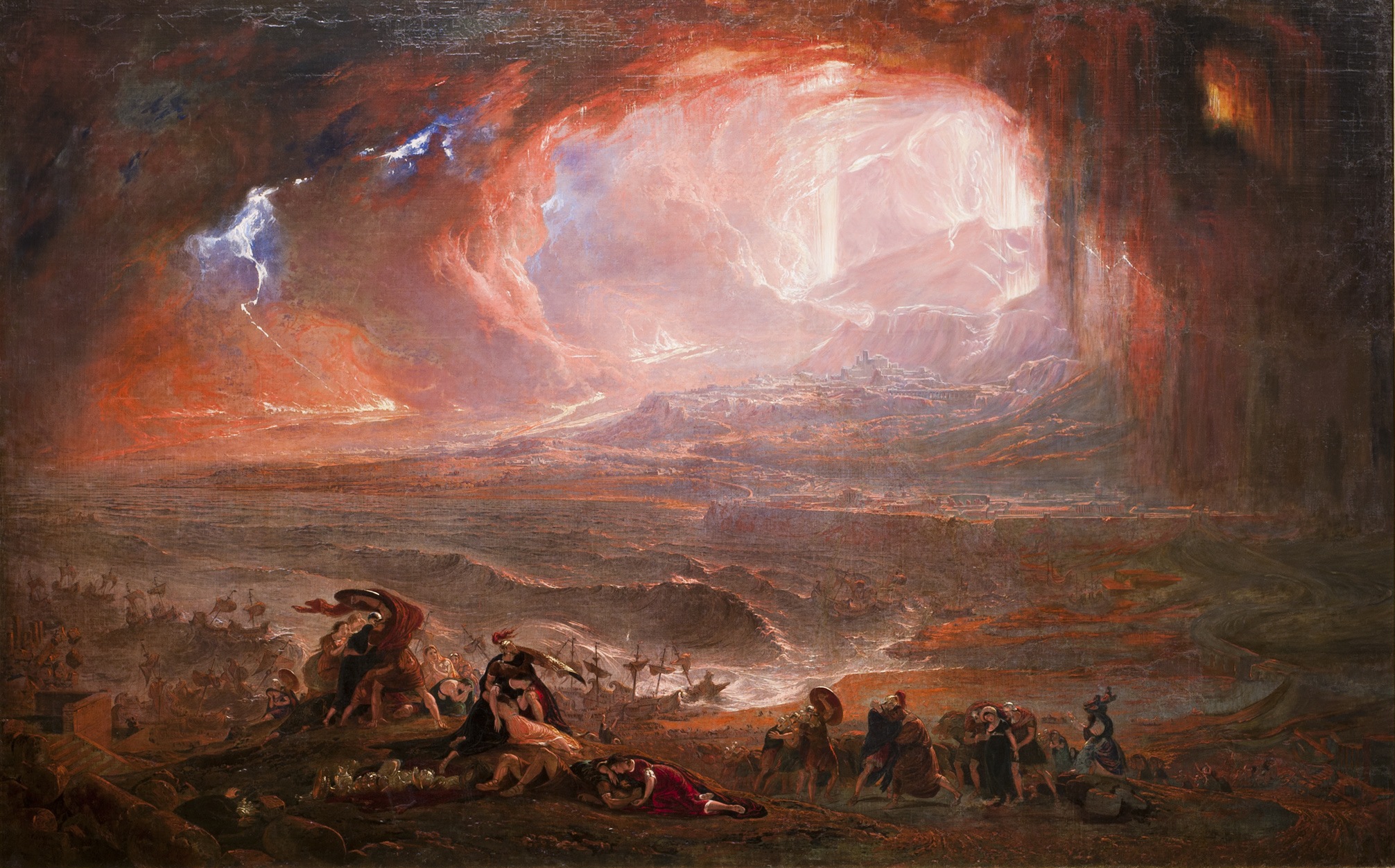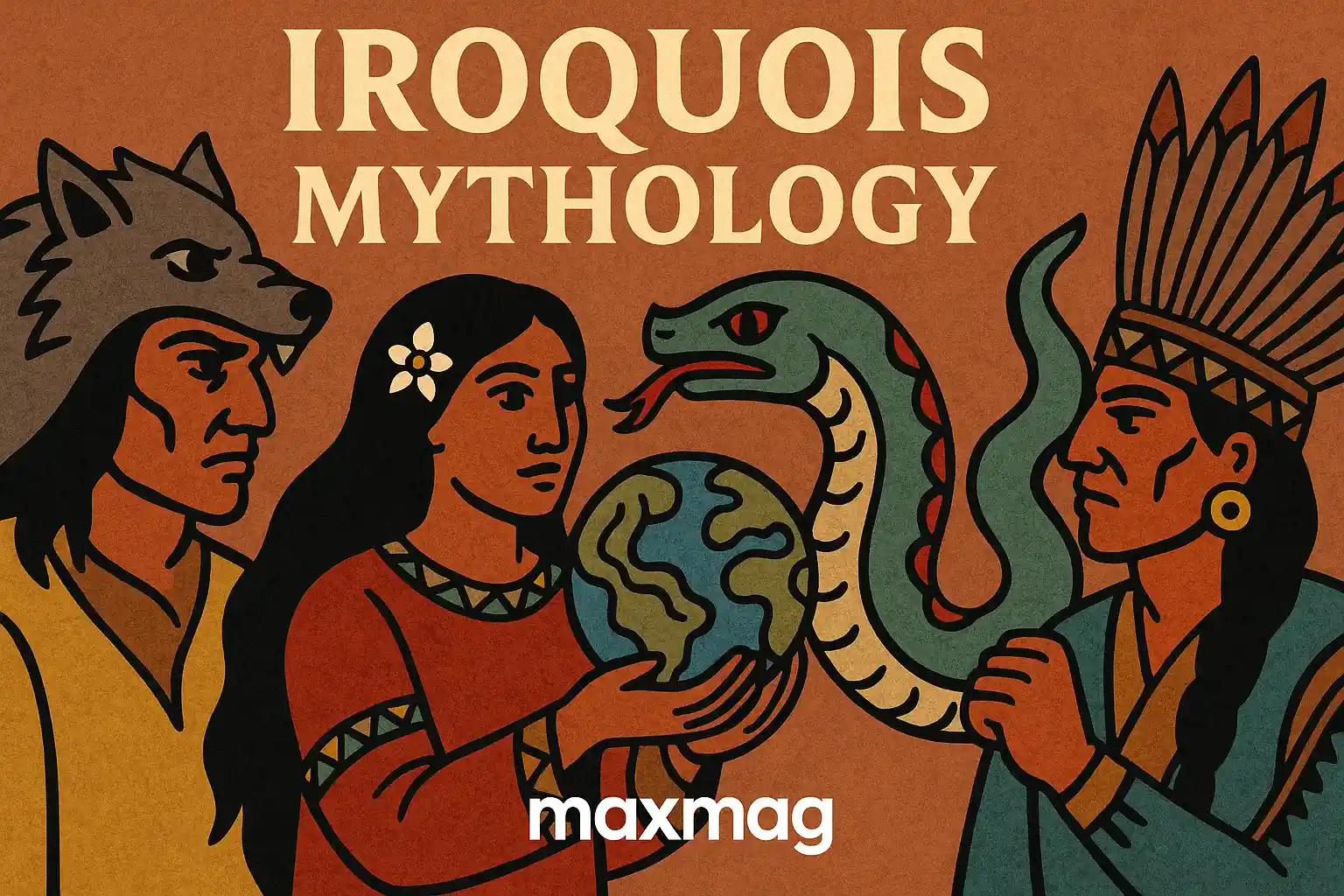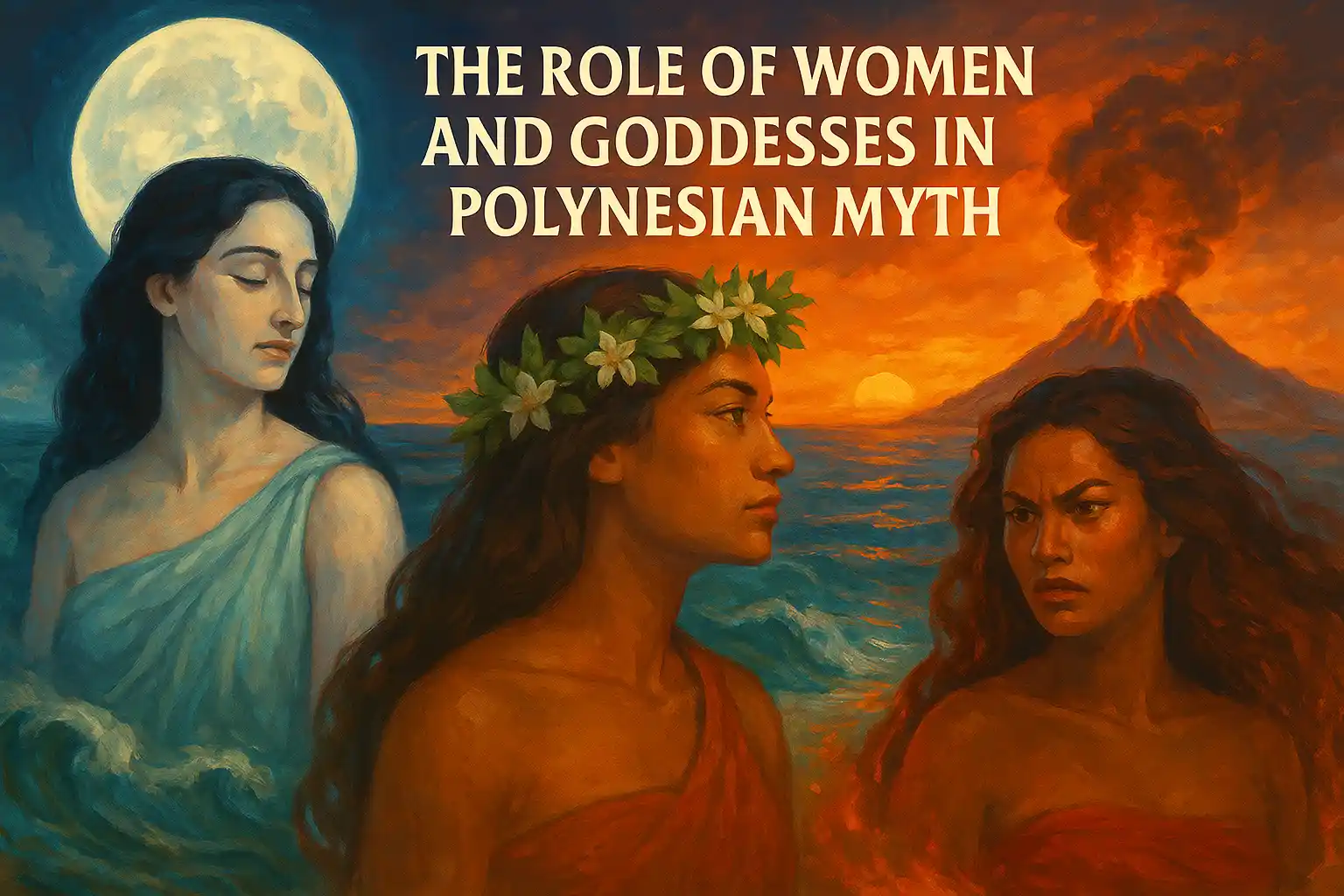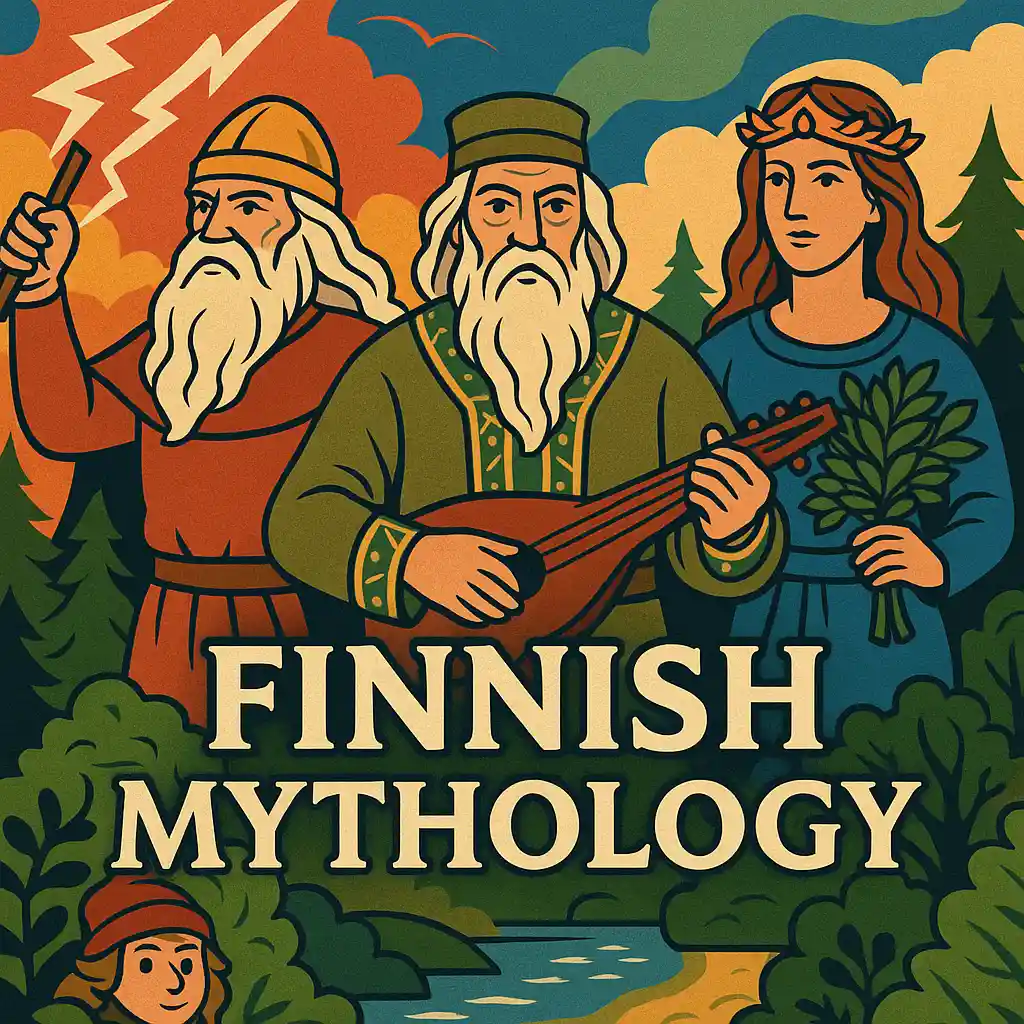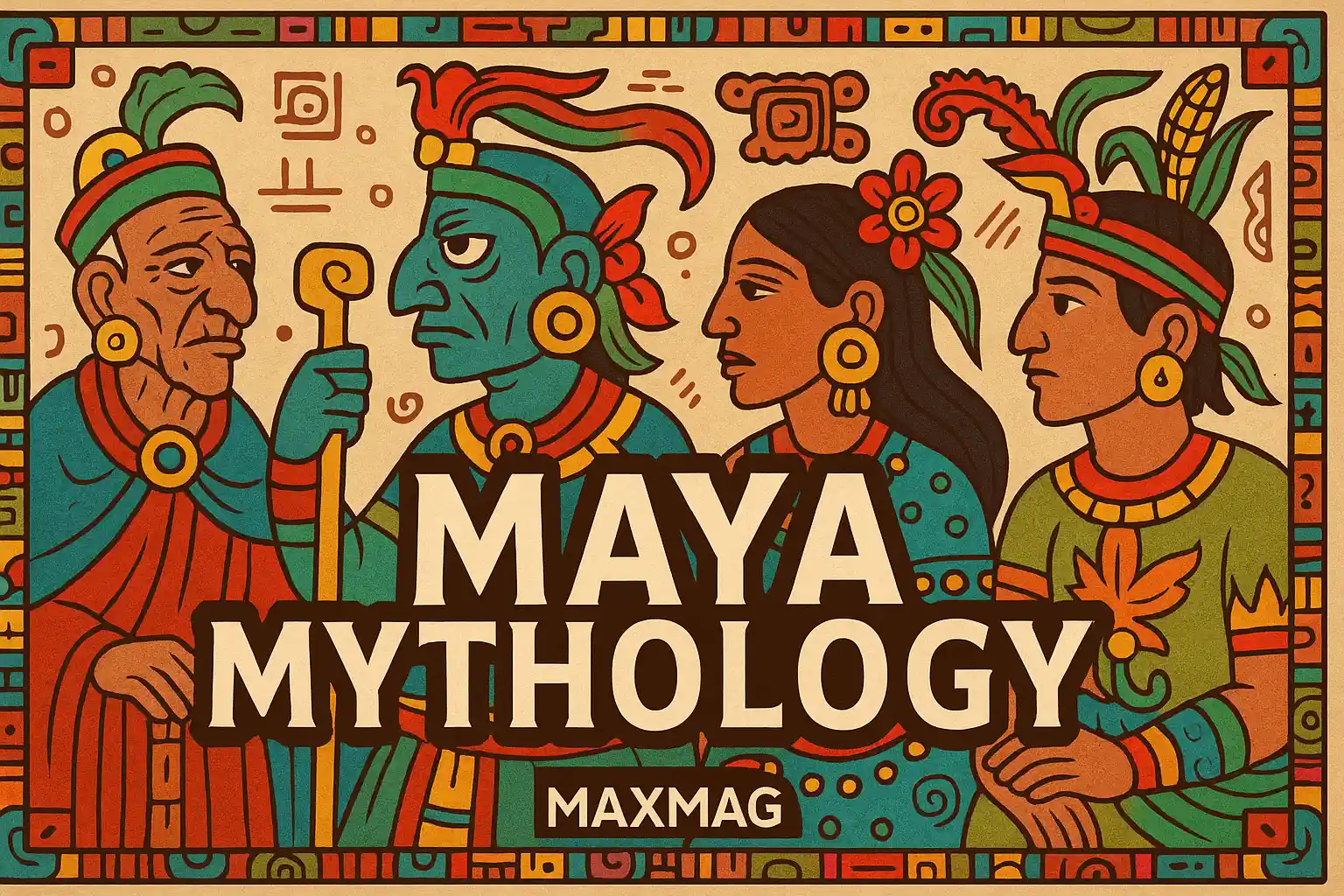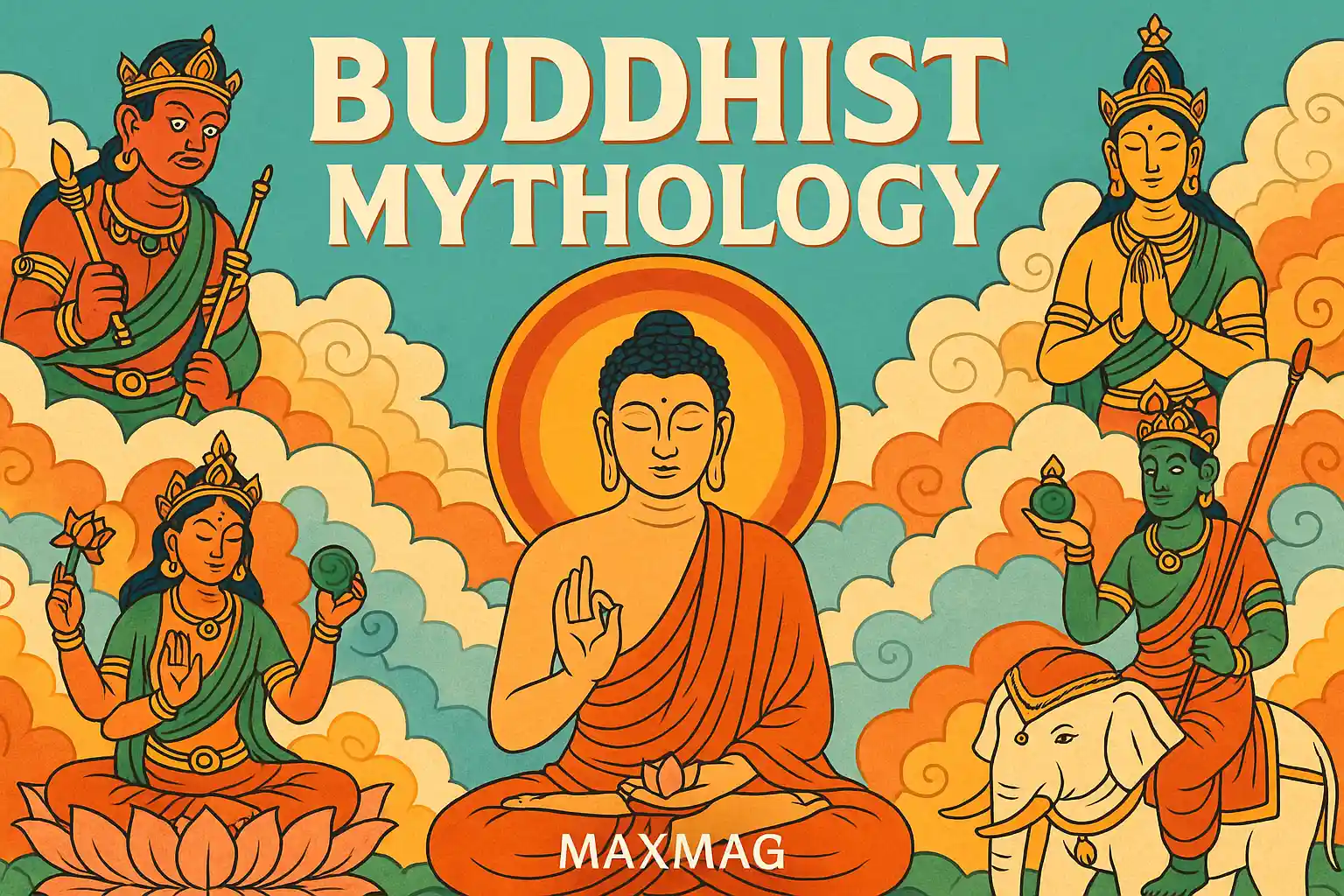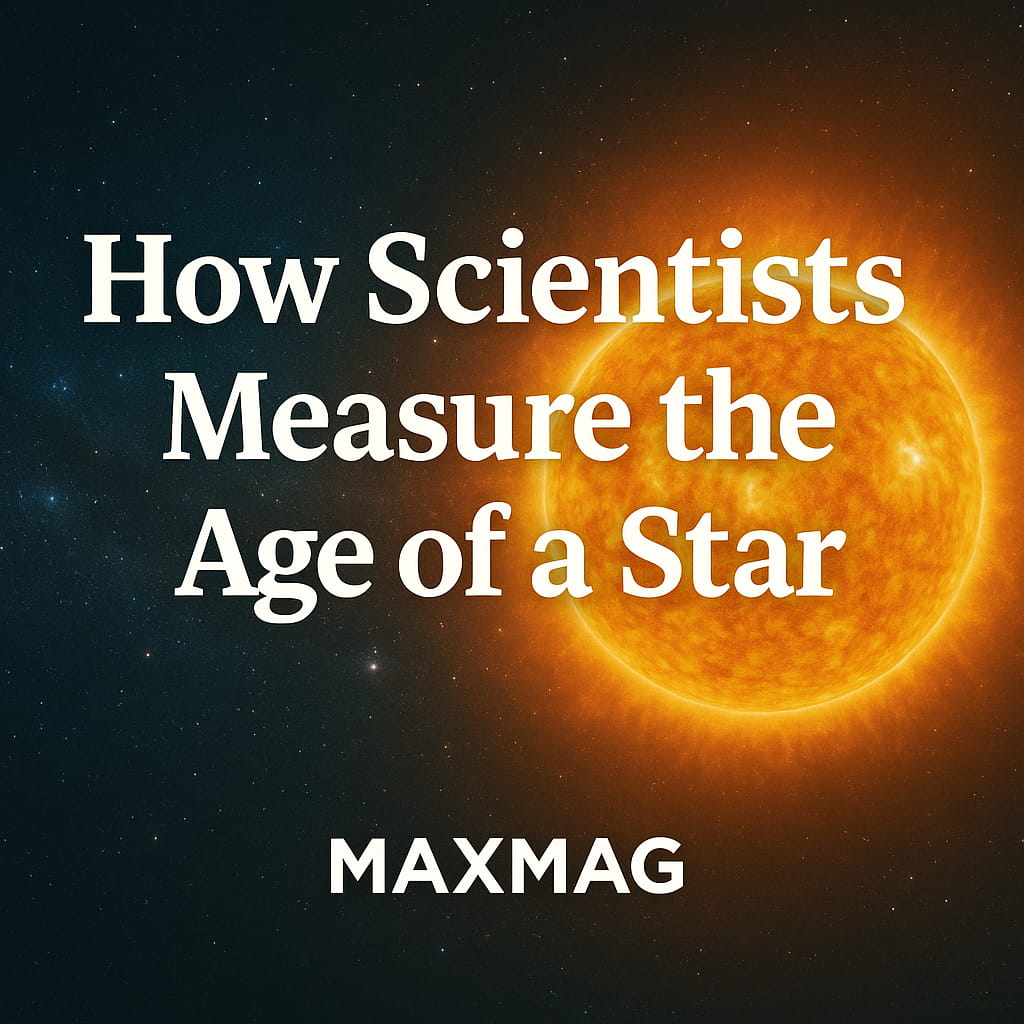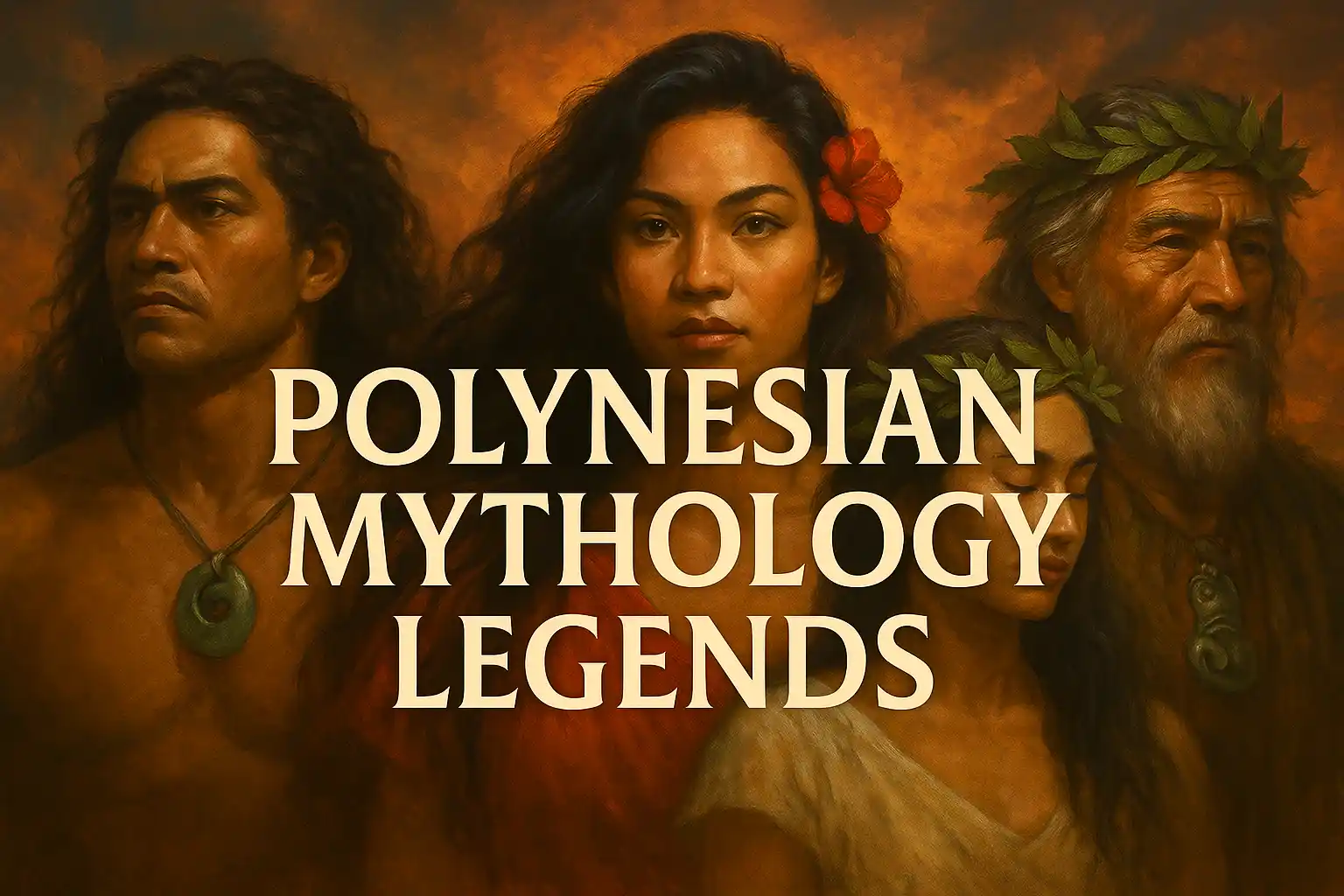
Polynesian mythology legends are among the richest and most spiritually profound in the world. Spanning thousands of miles across the Pacific Ocean—from Hawaii and New Zealand to Samoa, Tahiti, Tonga, and the Marquesas—these stories preserve ancient knowledge, moral codes, and cosmic understandings. Polynesian mythology is not a single system but a tapestry of interconnected traditions that reflect the values, environment, and histories of diverse island cultures. Central to this mythology are powerful gods, heroic ancestors, and sacred rituals that explain the universe and the human place within it.
In this article, we explore the depth of Polynesian mythology legends—how they explain creation, outline the deeds of major deities like Maui and Tangaroa, and reveal how Polynesian peoples view death, nature, and the spirit world. We also examine the oral tradition, symbolic motifs, and regional differences that make this mythology a living spiritual legacy. From sky-fathers and sea gods to shape-shifting tricksters, Polynesian mythology reveals a cosmos where everything—land, sea, human, and divine—is interconnected and meaningful.
The Polynesian Worldview and the Power of Myth
Polynesian mythology is inseparable from daily life. It informs social customs, spiritual practices, and even environmental stewardship. Myths were not told simply for entertainment; they served as educational tools, spiritual blueprints, and cultural memory. In many societies, these stories were passed down by trained specialists—oral historians, priests, and navigators—who memorized chants, genealogies, and tales with incredible precision.
In the Polynesian worldview, the universe is alive and layered. There are realms above and below, with gods inhabiting the heavens and spirits dwelling beneath the sea or in sacred groves. Nature itself is divine—rocks, waves, birds, and winds are manifestations of ancestral forces. This animistic perspective supports a system of respect: one must honor the gods, the land, and one’s elders to live in balance.
A good example of this balance is seen in Polynesian tattooing (tatau), where designs carry ancestral, spiritual, and environmental meanings. The shapes, placements, and even the ink represent connections to gods, lineage, and social rank. These tattoos are deeply rooted in the mythology and sacred stories of Polynesia.
Polynesian Creation Stories and the Origins of the Gods
Every Polynesian culture has its its own version of the creation myth, but most share key themes: an original void or darkness, the birth of land and sky, and the emergence of gods and humans. These tales are not just metaphors—they describe sacred truths about how everything is connected.
Rangi and Papa (Sky Father and Earth Mother)
In Maori mythology from New Zealand, the universe begins in darkness, a tight embrace between Rangi (the sky father) and Papa (the earth mother). Their children, the gods of wind, forest, sea, and war, are trapped between them. In order to escape the darkness, the gods push their parents apart—tearing sky from earth. This moment marks the dawn of time and the separation of realms.
This myth is rich in symbolism. The unity of Rangi and Papa represents the primordial state of wholeness, while their separation signals creation, life, and awareness. Their eternal longing explains rain (Rangi’s tears) and mist (Papa’s breath). It is a powerful lesson about creation coming through sacrifice and transformation.
Tangaroa and the Sea
Tangaroa is a major deity across Polynesia, revered as the god of the sea and the father of fish and sea creatures. In some traditions, like in the Cook Islands and Tahiti, Tangaroa is also a creator god, shaping islands from the ocean’s depths. His domain is both feared and worshipped—Polynesians are seafarers, and Tangaroa represents the mystery, danger, and abundance of the sea.
In Hawaii, Tangaroa is known as Kanaloa, one of the four great gods, and associated with healing and navigation. He complements Kane, the god of creation and life. The symbolic pairing of Kane and Kanaloa illustrates the dual forces of land and sea, life and afterlife.
For a deeper cultural analysis of Polynesian maritime spirituality and how it shaped ocean navigation, the Smithsonian National Museum of the American Indian offers ongoing exhibits and digital collections.
Maui: The Trickster, Hero, and Culture Bringer
One of the most beloved figures in Polynesian mythology is Maui. He appears in nearly every Polynesian culture as a demigod, hero, and trickster. Despite his mischief, Maui’s actions benefit humankind—he brings fire, captures the sun, raises islands from the sea, and slows time.
Stealing Fire
In many legends, Maui steals fire from the underworld for humans. This is not a mere theft—it symbolizes knowledge, power, and cultural advancement. Fire represents not just warmth and cooking, but the ability to build, evolve, and survive. Maui’s daring nature reflects the human struggle to overcome divine boundaries for the greater good.
Slowing the Sun
In Maori tradition, Maui notices that the days are too short, so he snares the sun and beats it into moving more slowly across the sky. This myth reflects the importance of agriculture, timekeeping, and balance. It also symbolizes mastery over natural forces—a recurring theme in Polynesian myths.
Fishing Up Islands
Perhaps the most iconic story is Maui using a magical hook to fish up the islands from the sea. In Hawaii, New Zealand, and Tonga, different versions exist, but all portray Maui as a creator and cultural transformer. The fishing line and hook are rich symbols—tools of discovery, provision, and control over nature.
Disney’s 2016 film “Moana” introduced Maui to a global audience, but it’s important to note the deeper spiritual context. Unlike the comedic demigod portrayed on screen, traditional Polynesian accounts present Maui as deeply sacred, linked to genealogy, ocean navigation, and the divine.
The Role of Women and Goddesses in Polynesian Myth
Women in Polynesian mythology are far from passive. Goddesses wield immense power, often linked to fertility, creation, death, and nature. Female deities balance the aggressive, outward energy of male gods with nurturing, cyclical, and transformative force.
Pele: The Hawaiian Goddess of Volcanoes
One of the most iconic female deities is Pele, the goddess of volcanoes and fire. She is both feared and worshipped, symbolizing destruction and rebirth. Pele resides in the Halemaʻumaʻu crater on the Big Island and continues to be honored with offerings and chants. Her myths reflect the power of land-making—volcanoes destroy, but also create fertile ground.
Pele’s rivalry with her sister Hi‘iaka, goddess of the forest, illustrates complex emotional narratives involving jealousy, loyalty, and renewal. These stories are not just mythology—they’re deeply embedded in Hawaiian landforms and cultural practices.
Hina: The Moon Goddess
Hina appears in many Polynesian traditions as a goddess of the moon, creation, and women’s work (like tapa cloth making). Her connection to the lunar cycle represents femininity, time, and balance. Hina’s legends often emphasize independence, wisdom, and cosmic timing.
In one story, she climbs a rainbow to escape to the moon, where she becomes a guardian spirit. Her presence in the night sky offers both guidance and a reminder of feminine divinity.
To explore the broader global context of goddesses and symbolic feminine archetypes, the National Museum of Women in the Arts provides exceptional curated features and artist explorations.
Symbolism in Polynesian Mythology Legends
Polynesian symbolism is encoded in everything—from navigation tools and tattoos to chants and carvings. Each motif is a sacred language that reveals cosmic knowledge. Unlike Western symbols, Polynesian symbolism is layered, experiential, and often initiated through ritual.
- The ocean symbolizes life, death, migration, and the spiritual journey.
- Birds are messengers between worlds—gods and ancestors often appear as birds.
- Tiki figures represent deified ancestors or the first humans, acting as guardians.
- The canoe is a vessel of discovery, not just physically but spiritually.
- Geometric tattoo patterns signify lineage, rank, achievements, and divine protection.
For insights into how indigenous symbols are preserved and interpreted through art and performance, The Met Museum has in-depth resources and Polynesian collections.

